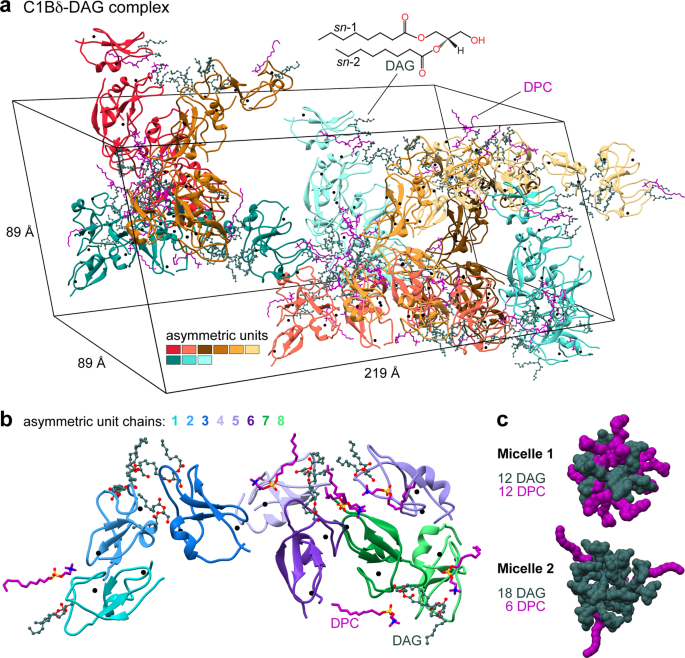2022-05-16 ペンシルベニア州立大学(PennState)
<関連情報>
- https://www.psu.edu/news/eberly-college-science/story/new-mathematical-model-cellular-movement/
- https://journals.aps.org/pre/abstract/10.1103/PhysRevE.105.024403
収縮駆動型細胞運動の漸近的安定 Asymptotic stability of contraction-driven cell motion
C. Alex Safsten, Volodmyr Rybalko, and Leonid Berlyand
Physical Review E Published 14 February 2022
DOI:https://doi.org/10.1103/PhysRevE.105.024403
Abstract
We study the onset of motion of a living cell (e.g., a keratocyte) driven by myosin contraction with focus on a transition from unstable radial stationary states to stable asymmetric moving states. We introduce a two- dimensional free-boundary model that generalizes a previous one-dimensional model [P. Recho, T. Putelat, and L. Truskinovsky, Phys. Rev. Lett. 111, 108102 (2013)] by combining a Keller-Segel model, a Hele-Shaw boundary condition, and the Young-Laplace law with a regularizing term which precludes blowup or collapse by ensuring that membrane-cortex interaction is sufficiently strong. We find a family of asymmetric traveling solutions bifurcating from stationary solutions. Our main result is nonlinear asymptotic stability of traveling solutions that model observable steady cell motion. We derive an explicit asymptotic formula for the stability-determining eigenvalue via asymptotic expansions in small speed. This formula greatly simplifies computation of this eigenvalue and shows that stability is determined by the change in total myosin mass when stationary solutions bifurcate to traveling solutions. Our spectral analysis reveals the physical mechanisms of stability.


